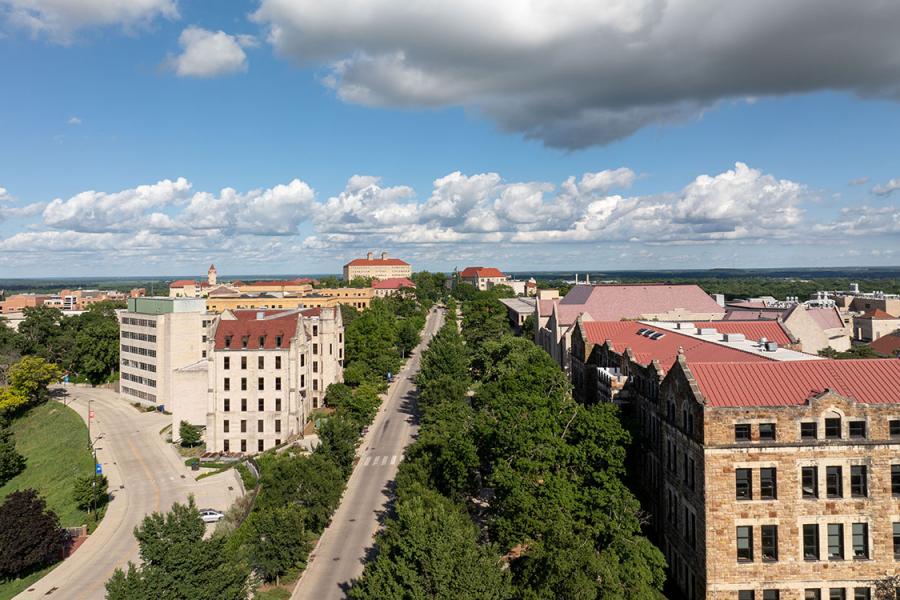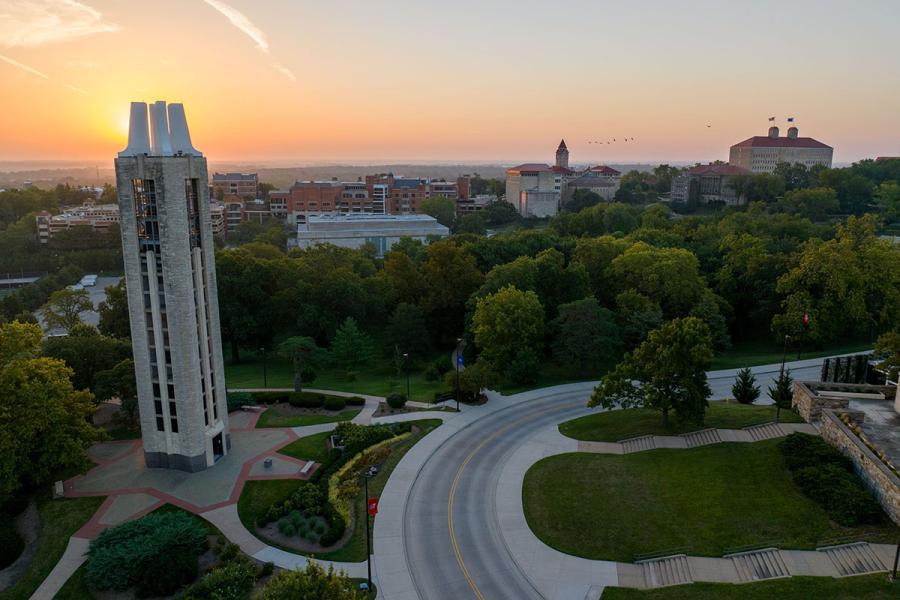
Understanding the Universe Starts Here
The KU Department of Physics & Astronomy is a bridge to understanding the world, educating future physicists and astronomers, unearthing new scientific discoveries, and challenging the perception of the Universe. Through the commitment that faculty, students, and staff have to transformational education and interdisciplinary research, "Understanding the Universe Starts Here," at the KU Department of Physics & Astronomy.
More about KU Physics and Astronomy

Undergraduate Program
Discover information about earning a degree in physics, astronomy, and more!

Graduate Program
Information about the Graduate Program - including degrees options, resources, and more!

Department Testimonials
A video from department faculty, students, and staff. See why they chose KU Physics & Astronomy!

Department Newsletters
Check out our newsletters for all the latest department highlights.
KU Physics & Astronomy News

New space/time newsletter
Read the latest newsletter: reunions, student profiles, alumni updates, a possible new observatory, and more

Physics and Astronomy graduate student completes prestigious fellowship at Oak Ridge National Laboratory
Amrit Gautam, a KU graduate student in the physics doctoral program, was among just 62 doctoral students nationwide selected for the U.S. Department of Energy’s Office of Science Graduate Student Research Fellowship. Gautam spent the fellowship conducting his thesis research at the Oak Ridge National Laboratory in Tennessee.

Physics and Astronomy graduate student among new 2025-2029 Self Graduate Fellows
Twenty doctoral students have been selected to receive the University of Kansas’ prestigious Madison and Lila Self Graduate Fellowship for the 2025-2026 academic year. This is the largest cohort in the program's history. The total value of the four-year doctoral fellowship exceeds $225,000.

Physics and Astronomy student among 3 from KU awarded prestigious NSF Graduate Research Fellowship
Three University of Kansas students were recently named to the highly competitive National Science Foundation Graduate Research Fellowship Program. The distinction provides three years of financial support with an annual stipend of $37,000 and a cost of education allowance of $16,000 to the institution.
KU Physics and Astronomy Statistics
Top 50
RANKING IN US GRADUATE PROGRAMS FOR PUBLIC SCHOOLS
6
NSF CAREER AWARDS AMONG ACTIVE FACULTY
6
NSF GRADUATE RESEARCH FELLOWS IN THE PAST 5 YEARS
